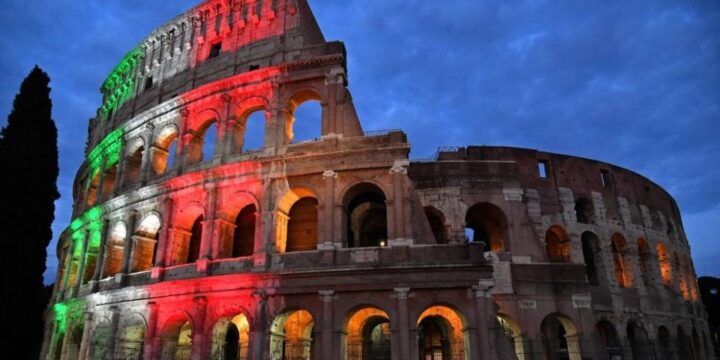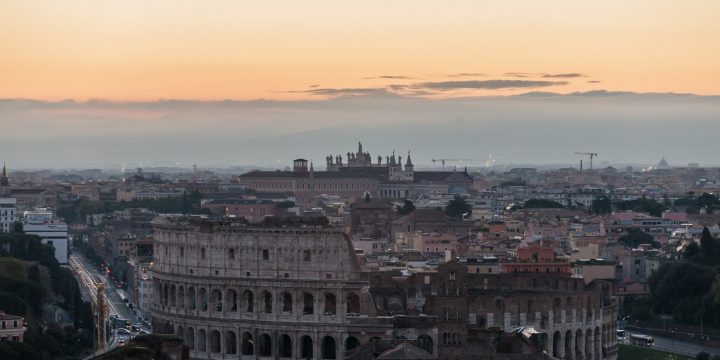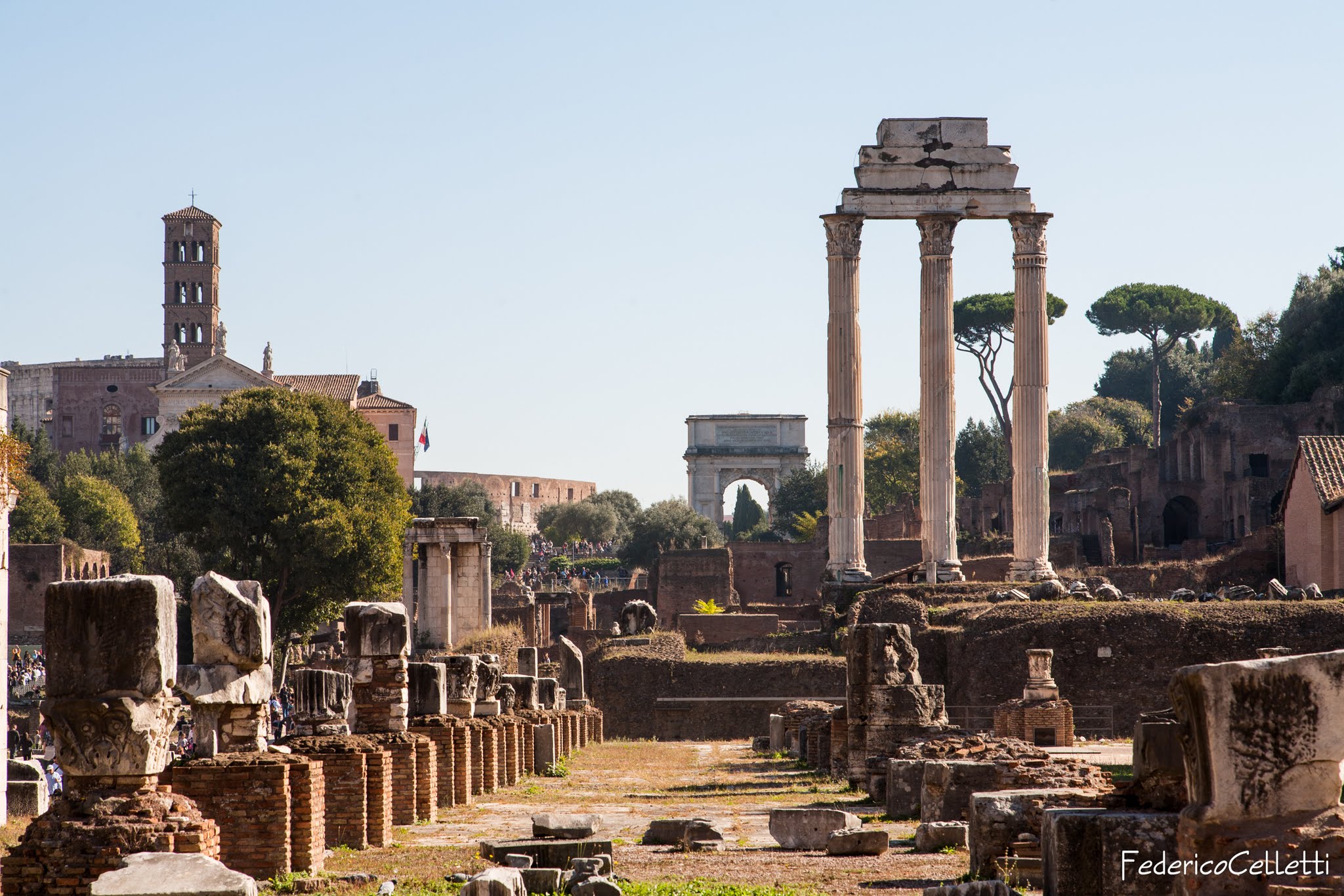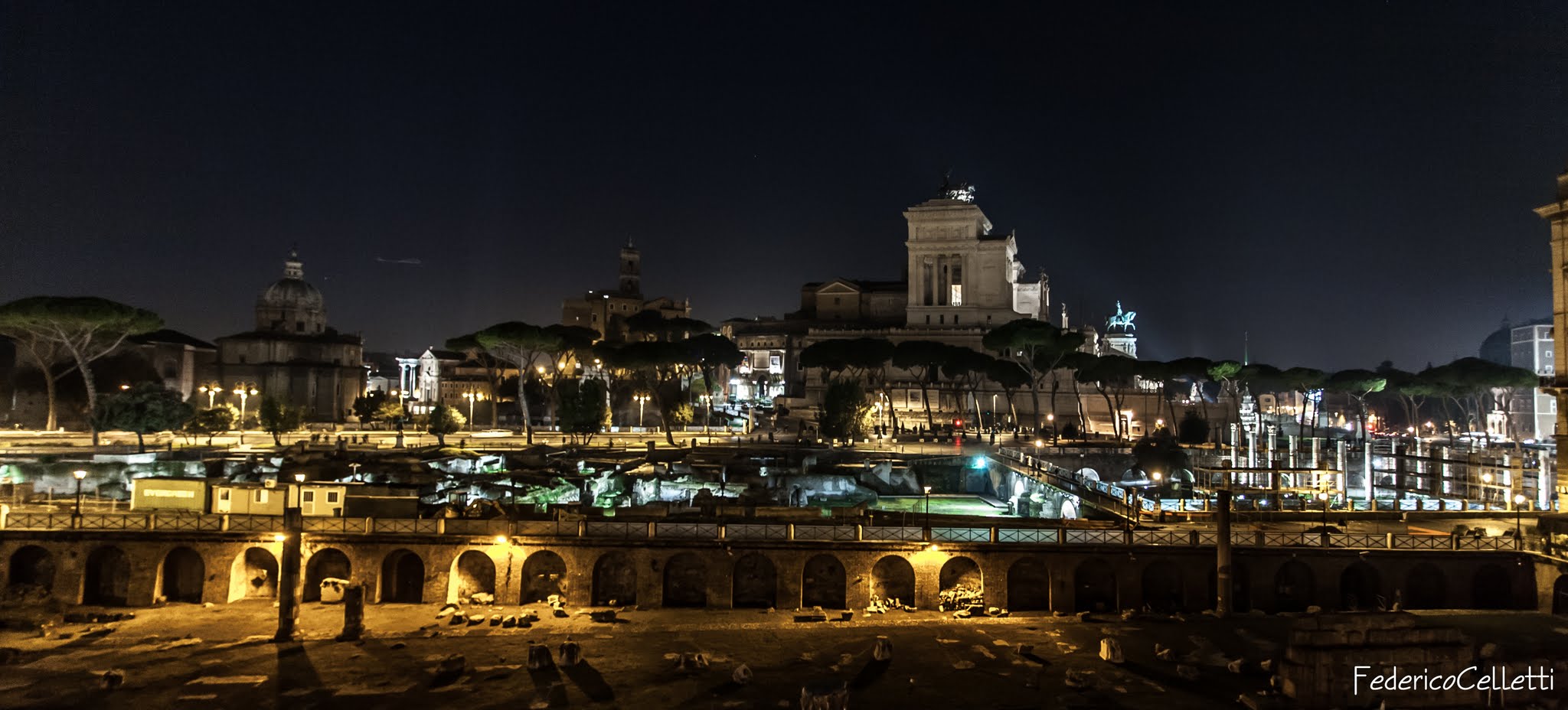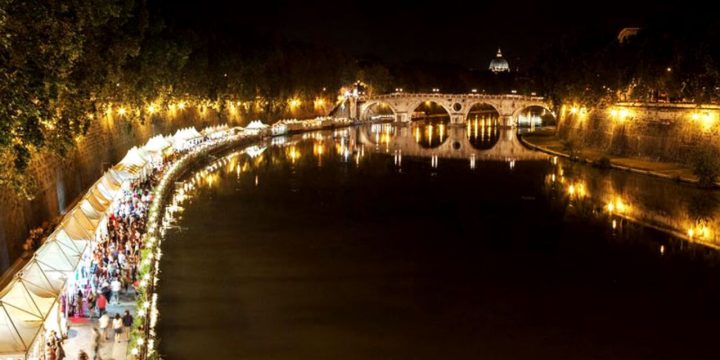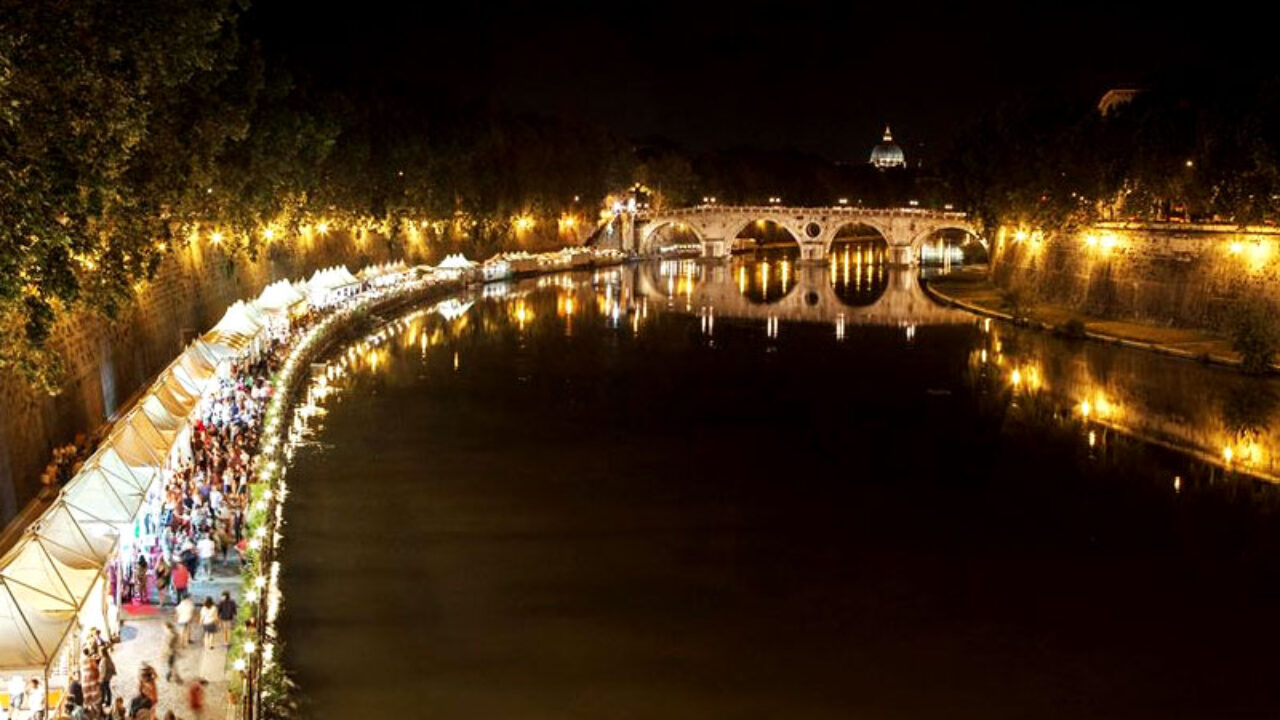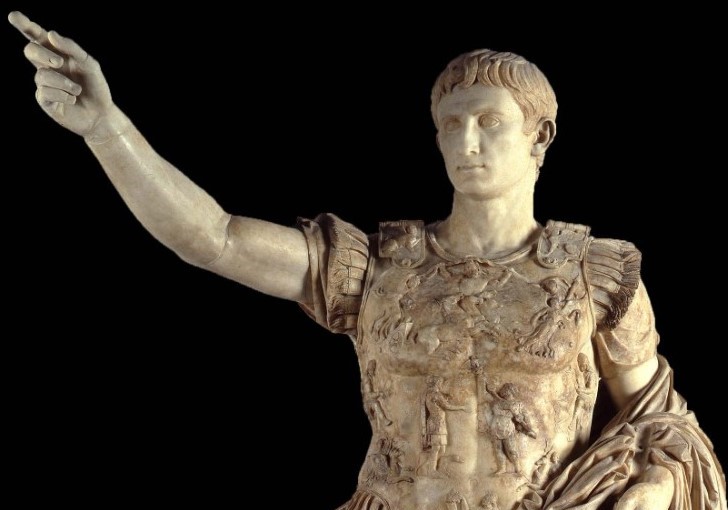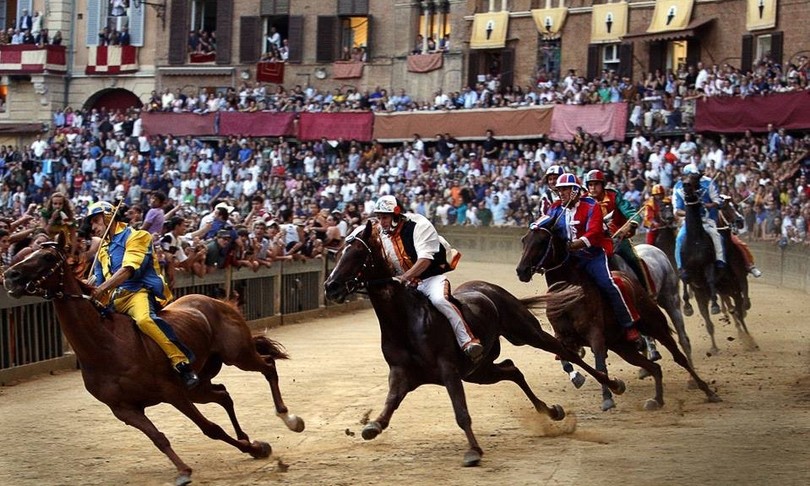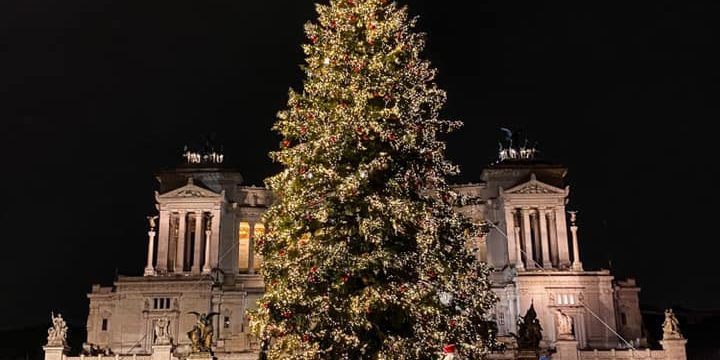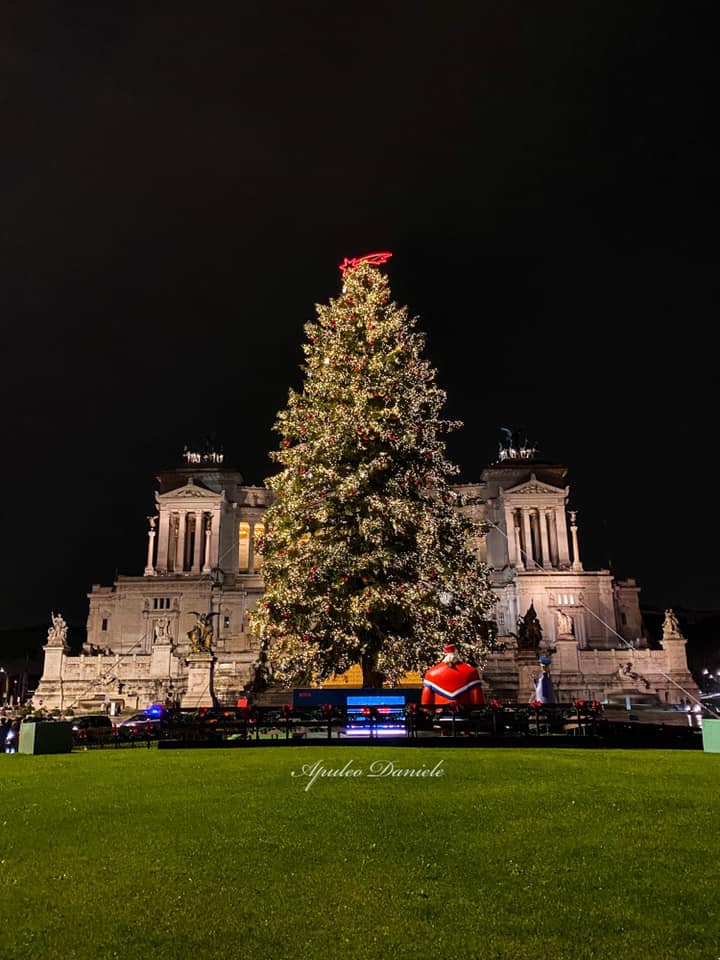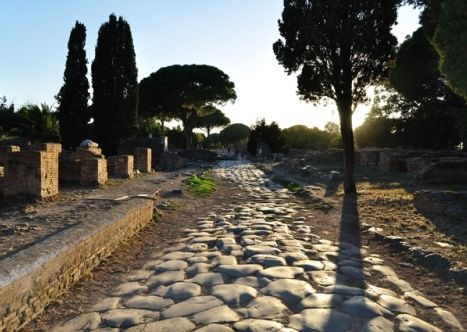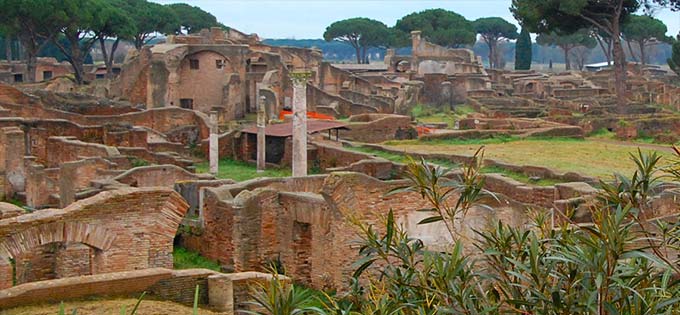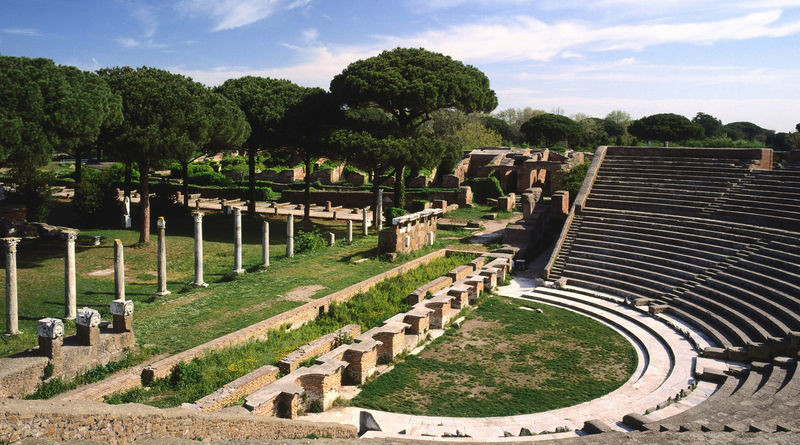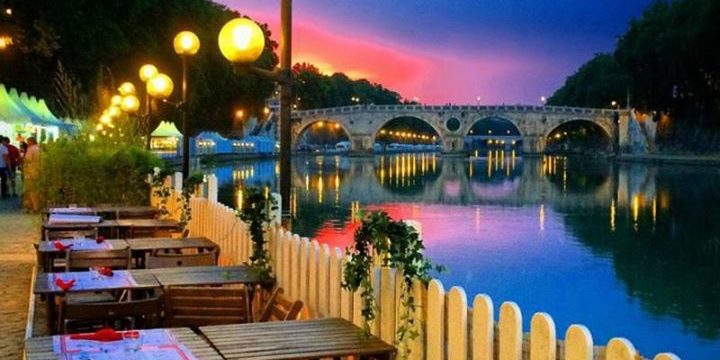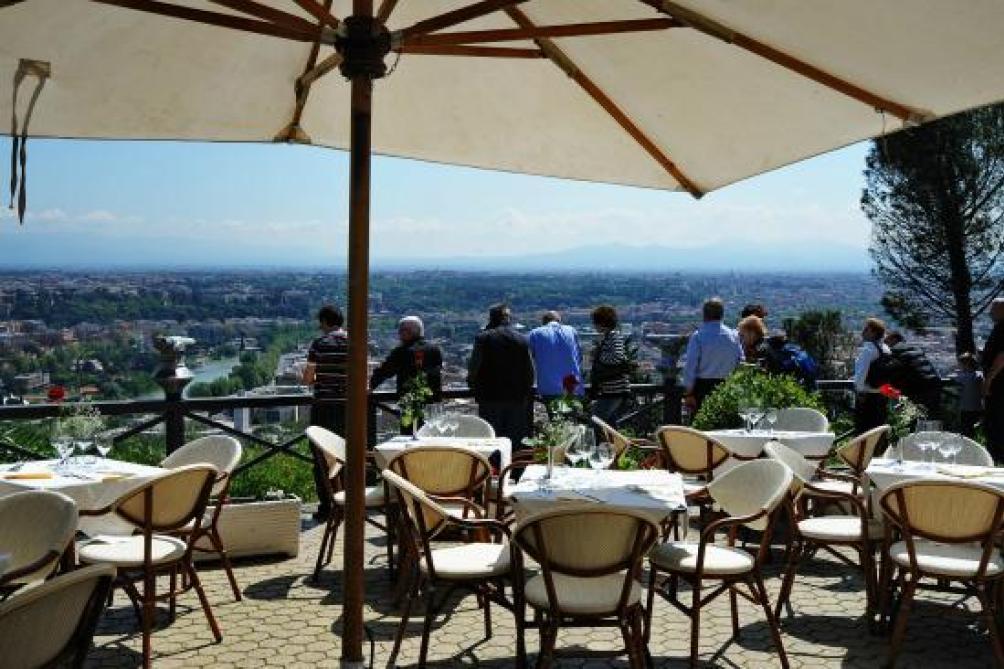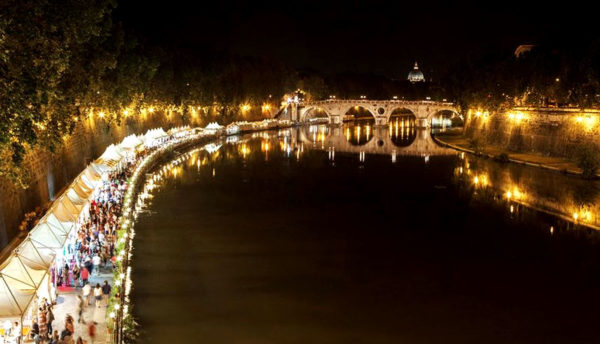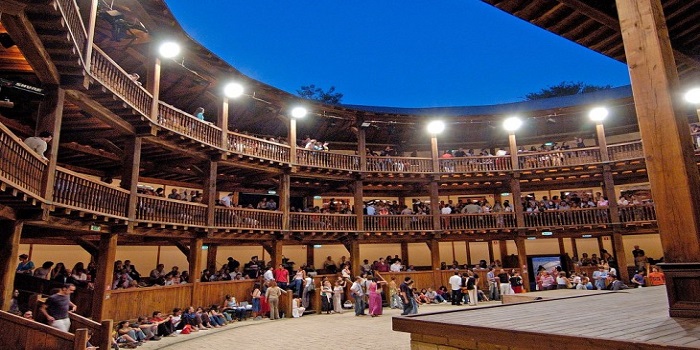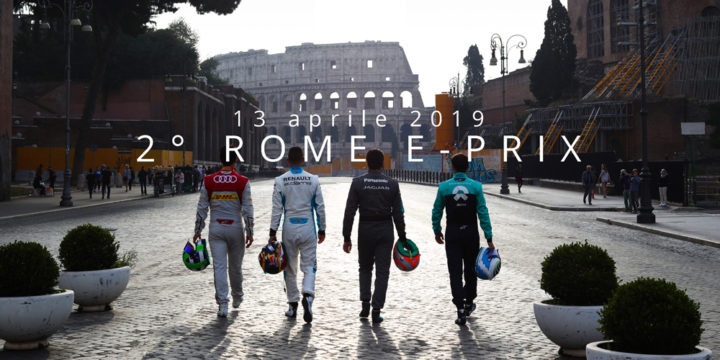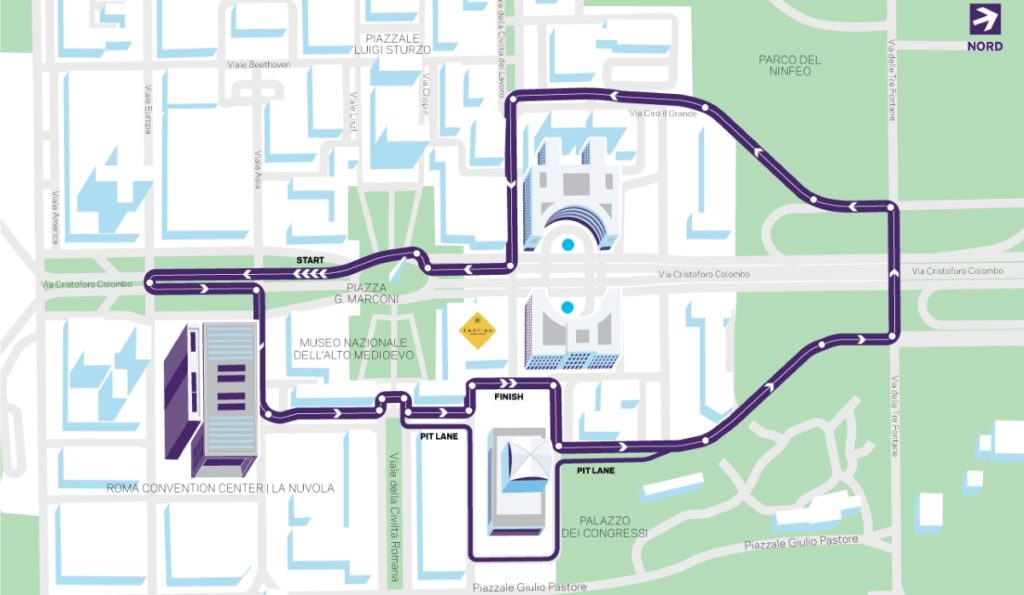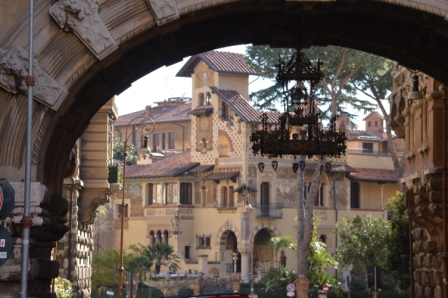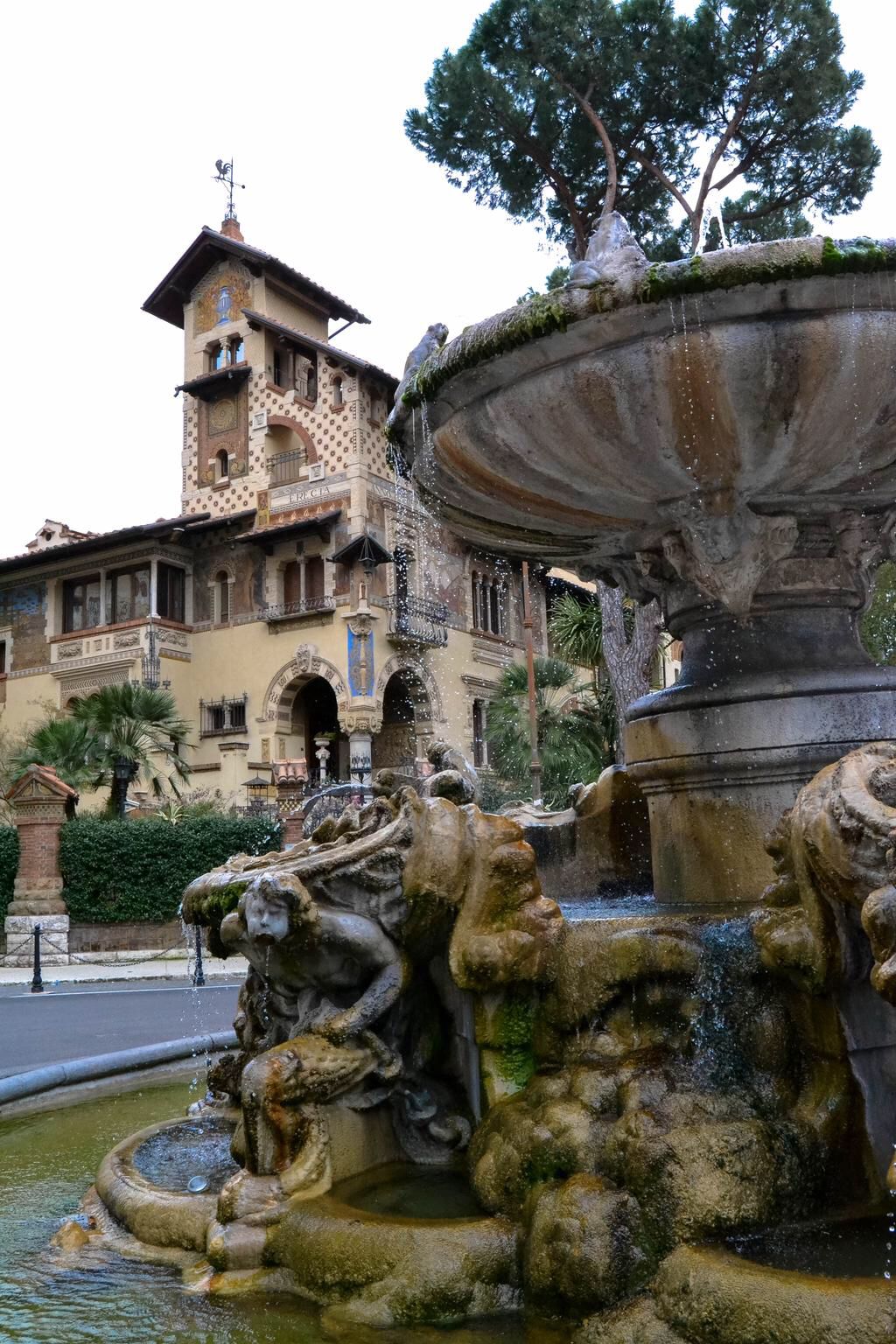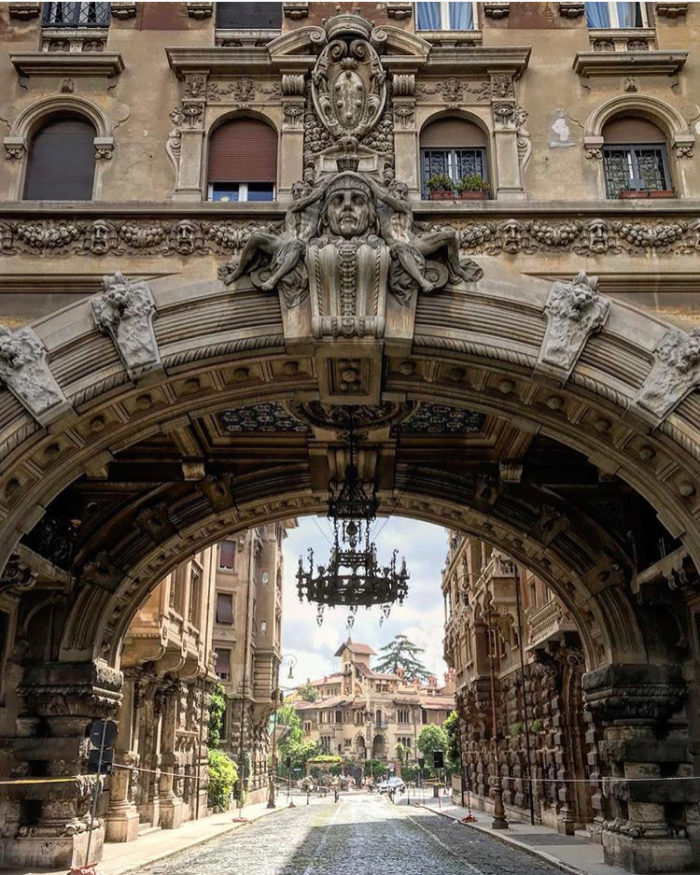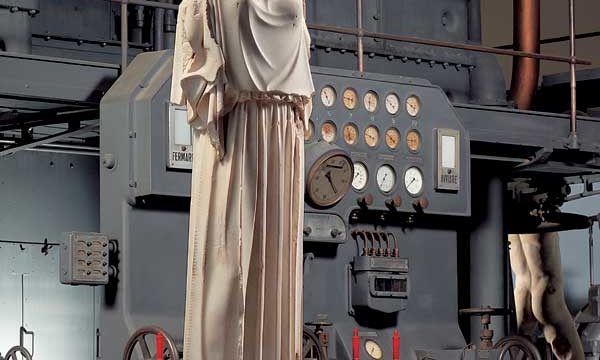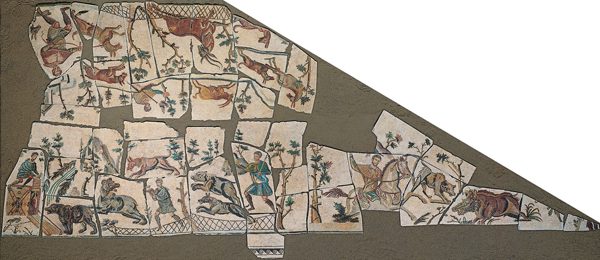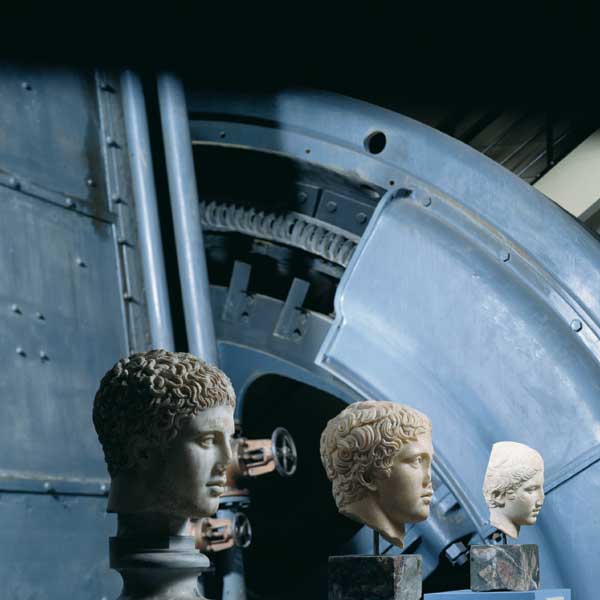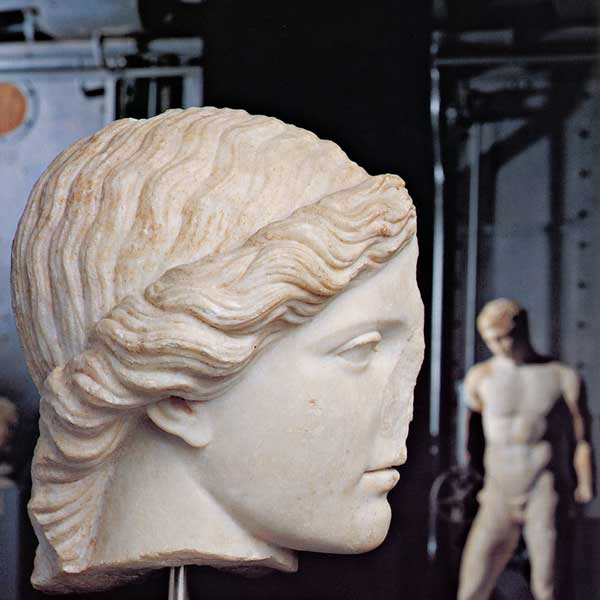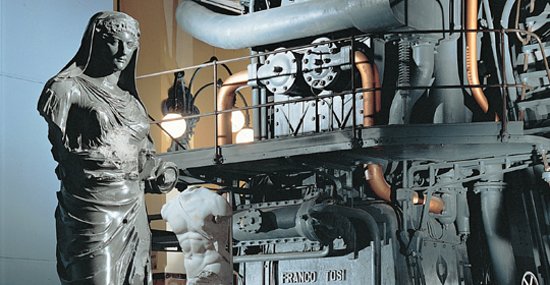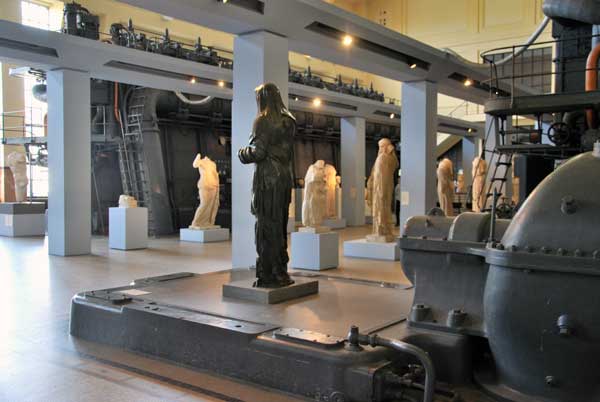Today, April 21st, we celebrate the anniversary of the foundation of Rome, the eternal city that gave rise to Roman civilization. But what are the curiosities behind this historical date? Here are some interesting facts that you may not be familiar with.
The date of April 21st is based on the legend of Romulus and Remus, the twin sons of Mars and the vestal Rhea Silvia, who were abandoned on the banks of the Tiber and nursed by a she-wolf. According to tradition, Romulus killed his brother and founded the city on the Palatine Hill in 753 BC. However, modern historians believe that the date is symbolic and that the foundation of Rome occurred gradually between the tenth and sixth centuries BC.
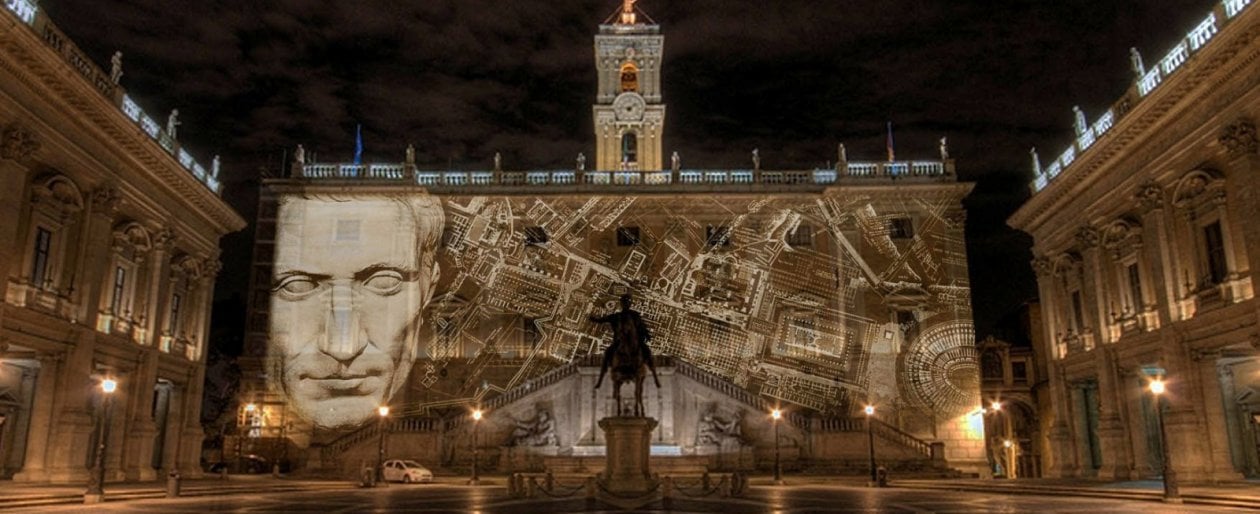
April 21st has not always been celebrated as the birth of Rome. In ancient times, the date was dedicated to the goddess Pallas Athena, protector of wisdom and the arts. It was only in 1870, after the unification of Italy, that the mayor of Rome Luigi Pianciani decided to establish a civic festival to celebrate the origin of the city. Since then, every year cultural events, shows and historical re-enactments are held to remember the glorious past of Rome.
Another curiosity concerns the name of Rome, which according to some derives from the Etruscan term “ruma”, which means “breast”. This hypothesis is based on the fact that the Palatine Hill has a shape reminiscent of a breast, and that the she-wolf that suckled Romulus and Remus is a recurring symbol in Etruscan culture. Others believe that the name of Rome is linked to the Indo-European root “rhe”, which means “to flow”, in reference to the Tiber River.
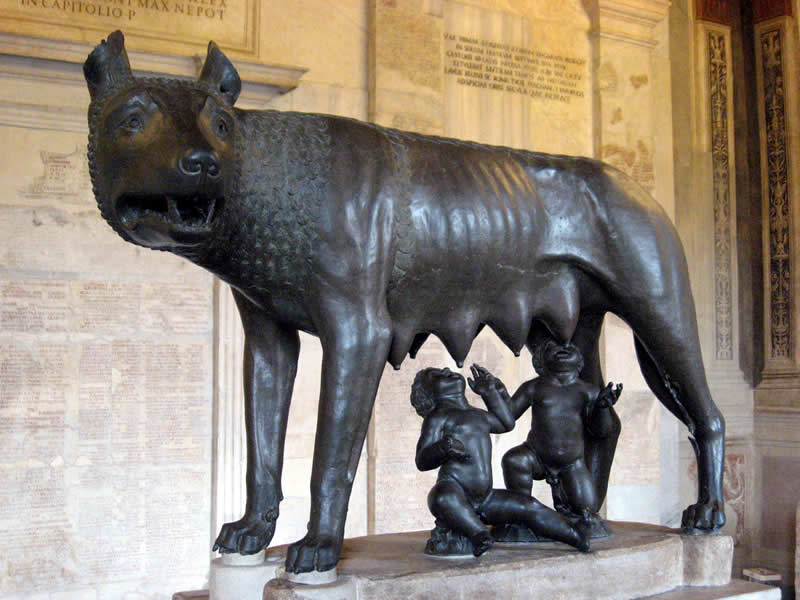
One of the oldest traditions related to April 21st is to light a torch on the Capitol and carry it in procession to the Circus Maximus, where a large pyre is lit. This rite symbolizes the continuity between ancient and modern Rome, and recalls the sacred fire guarded by the vestal virgins in the temple of Vesta. The torch is carried by a group of figures in period costumes, representing the most important characters in Roman history.
These are just some of the curiosities that make April 21 a special date for all lovers of Rome and its history. If you want to further deepen the topic, I suggest you visit the official websites of the Municipality of Rome and the Capitoline Superintendence of Cultural Heritage, where you will also find detailed information on the events scheduled for Christmas in Rome 2023.

